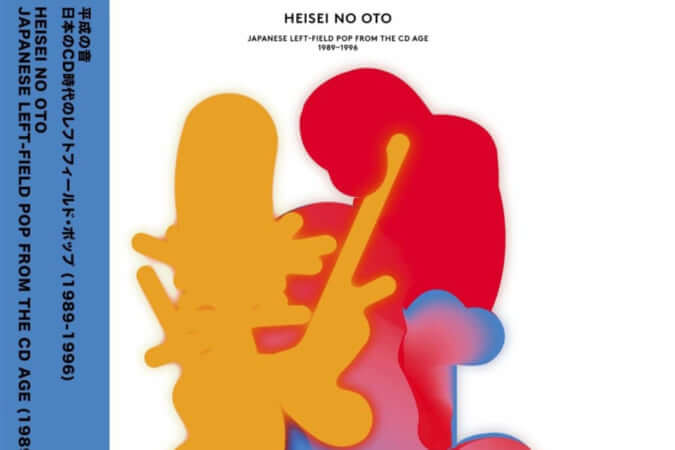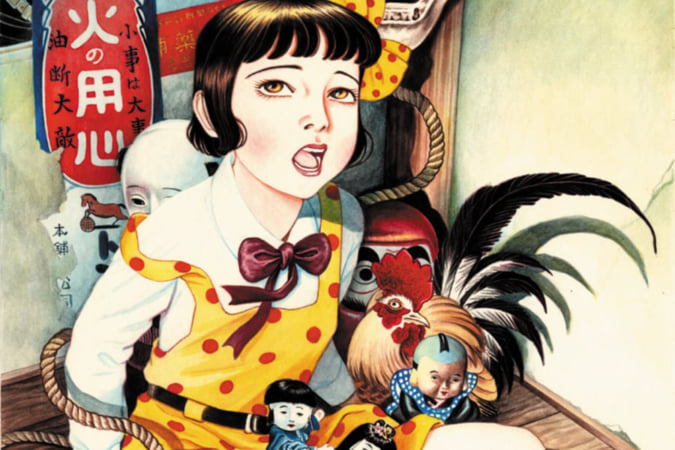Painting the State of Mind of a Generation
Tetsuya Ishida, painter of the ‘lost generation’, highlights the sense of isolation and alienation felt by young Japanese people in his work.
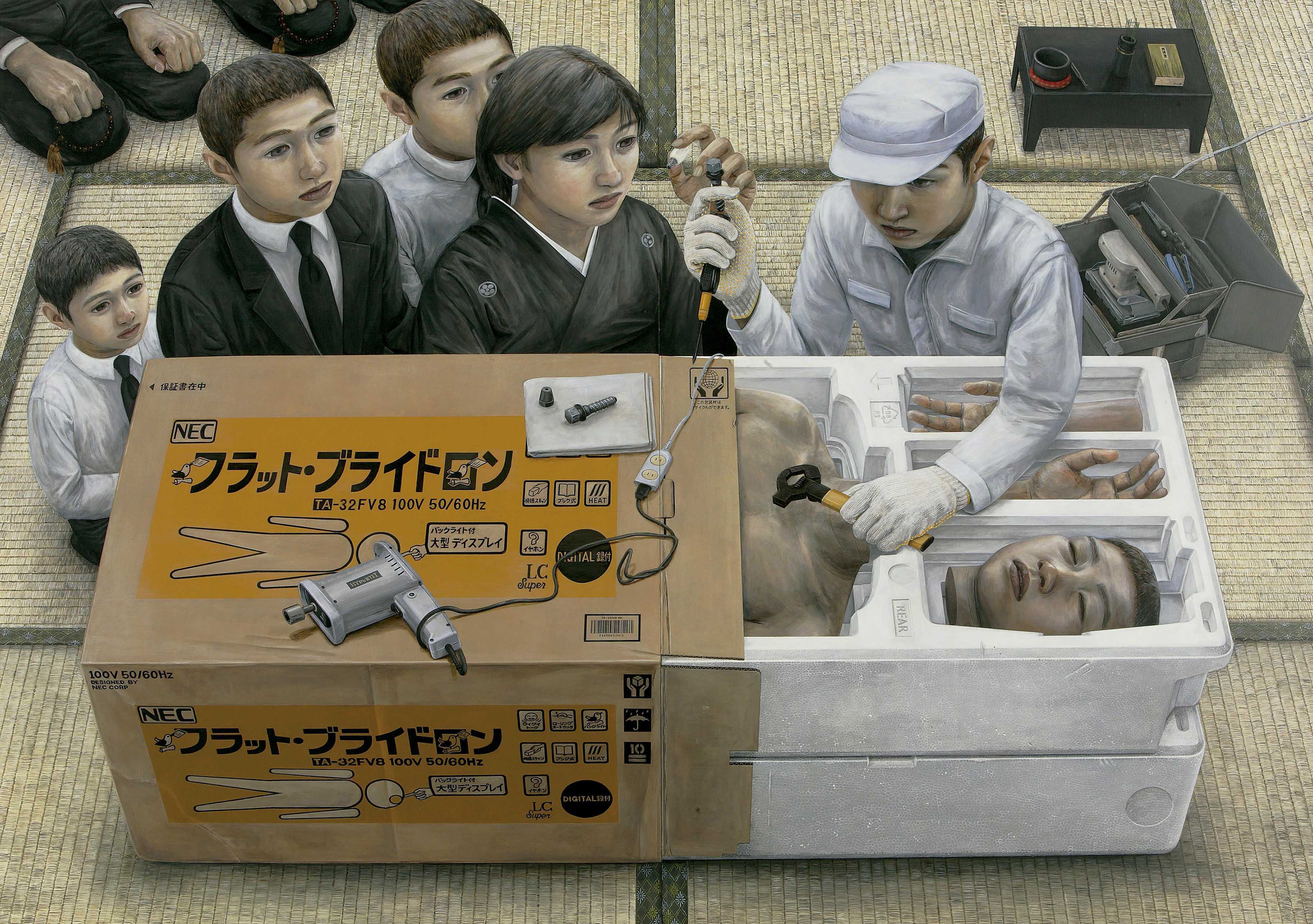
© Tetsuya Ishida
A child whose face looks like a black hole, bodies bound and bent, as if enslaved in an office giving a slight impression of claustrophobia, others shaped to form an integral part of a production line… Tetsuya Ishida seems to manhandle the humans who he paints on his canvases. However, this is not the case. The artist’s work is, in his opinion, just an allegory for Japanese society that torments those within it, who are transformed into servile, docile bodies.
Tetsuya Ishida was a contemporary painter who was born in 1973. After finishing Yaizu Central High School, he studied visual communication design at Musashino Art University, before graduating in 1996. He then embarked on a career as a painter, and achieved considerable success after one of his pieces was sold at Christie’s auction on East Asian avant-garde art, held in 1998. His brief career was cut short after just ten years when the artist passed away in 2005 after being hit by a train.
Depicting uncertainty and desolation
Representing the members of the ‘lost generation’ (1991-2001) —those who grew up in a context marked by the bursting of the real estate and financial bubble in Japan that plunged the country into a period of recession– Tetsuya Ishida constantly sought to translate their state of mind into painting. He explores feelings of uncertainty, desolation, isolation and alienation in a system driven by the imperatives of productivity and competition.
Around twenty pieces of the artist’s work were donated by his family to the MOA art museum in Shizuoka prefecture where Tetsuya Ishida hailed from, and are now part of its permanent collection.
Tetsuya Ishida’s work is represented by the Gagosian Gallery.

© Tetsuya Ishida
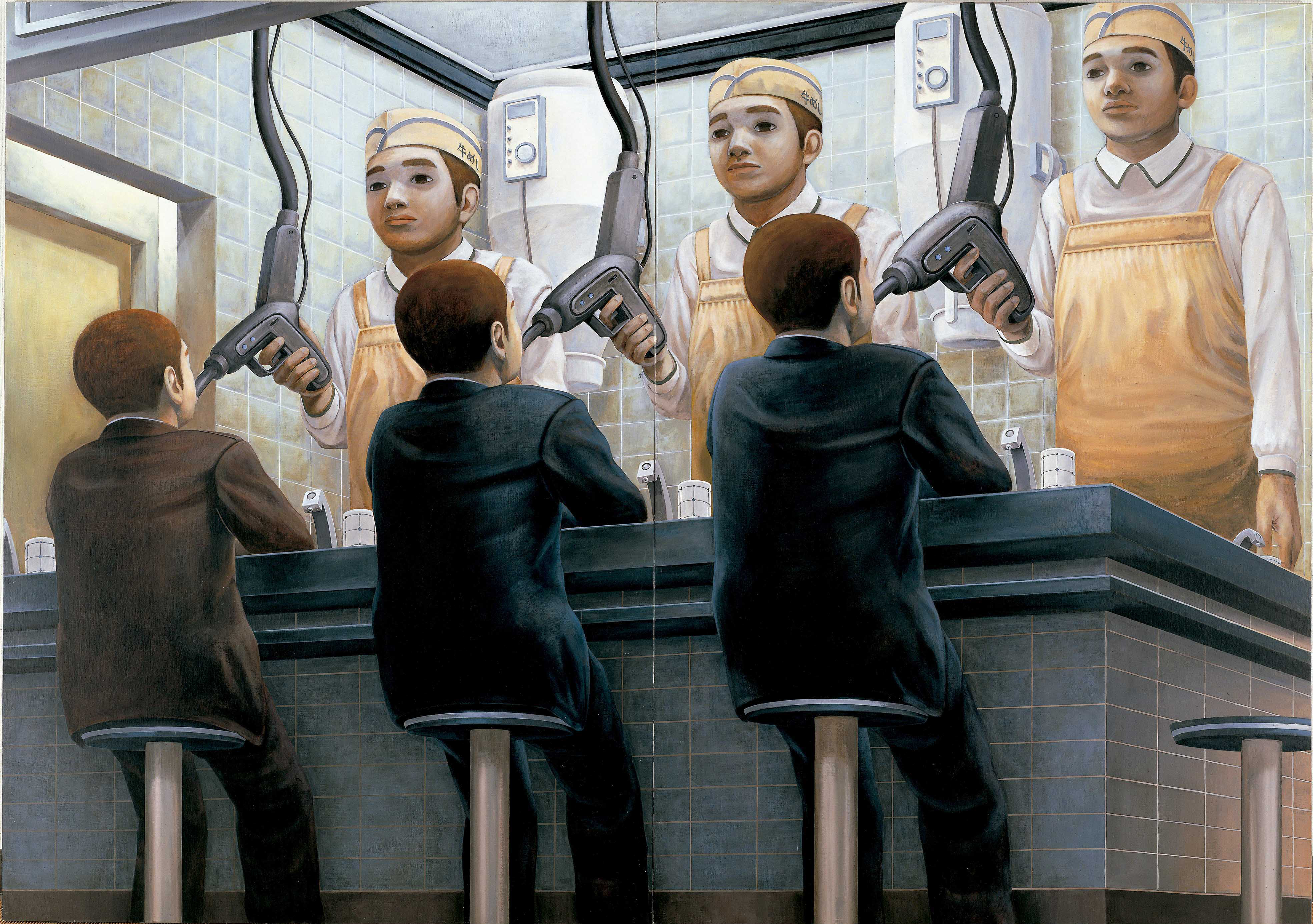
© Tetsuya Ishida
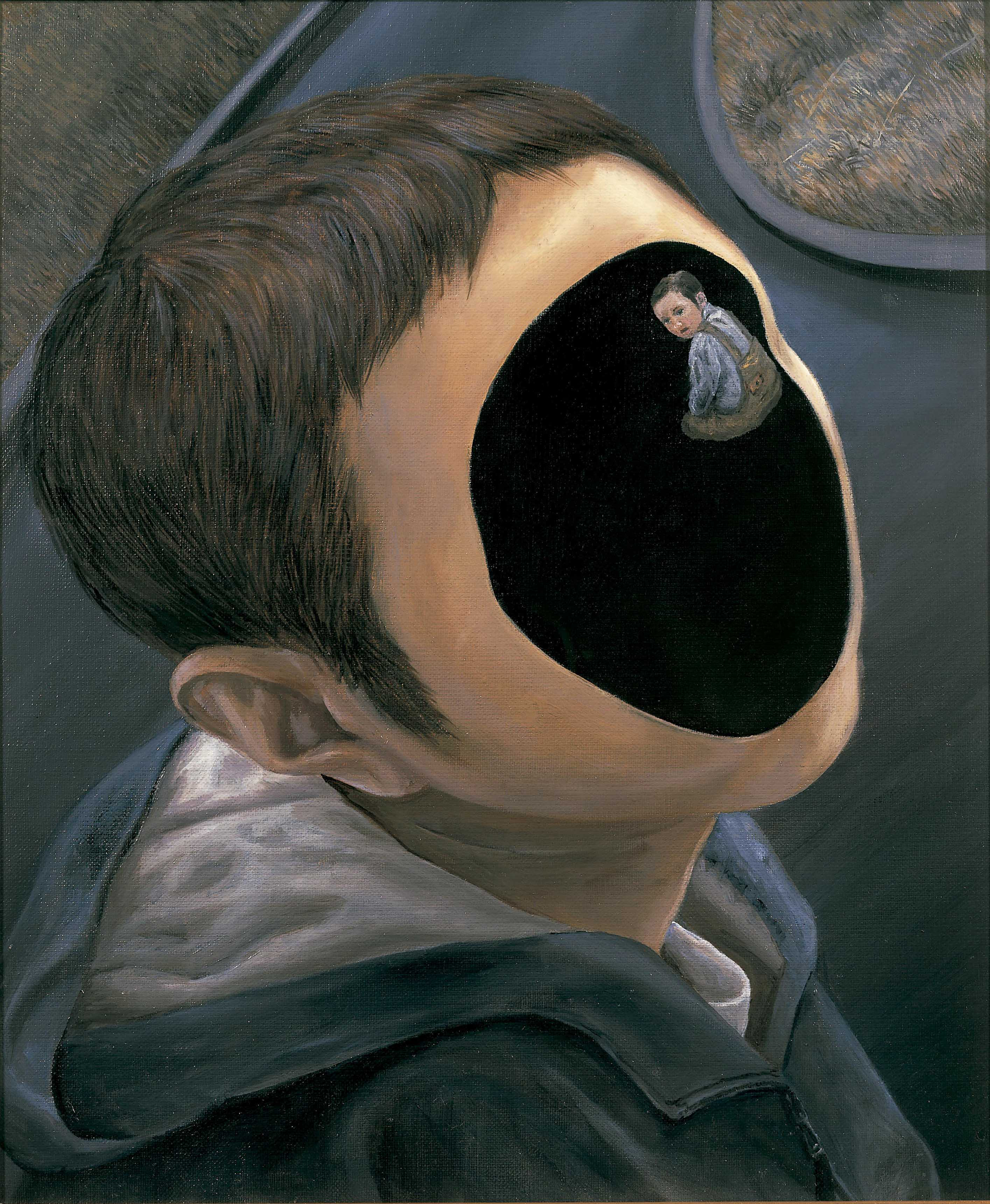
© Tetsuya Ishida
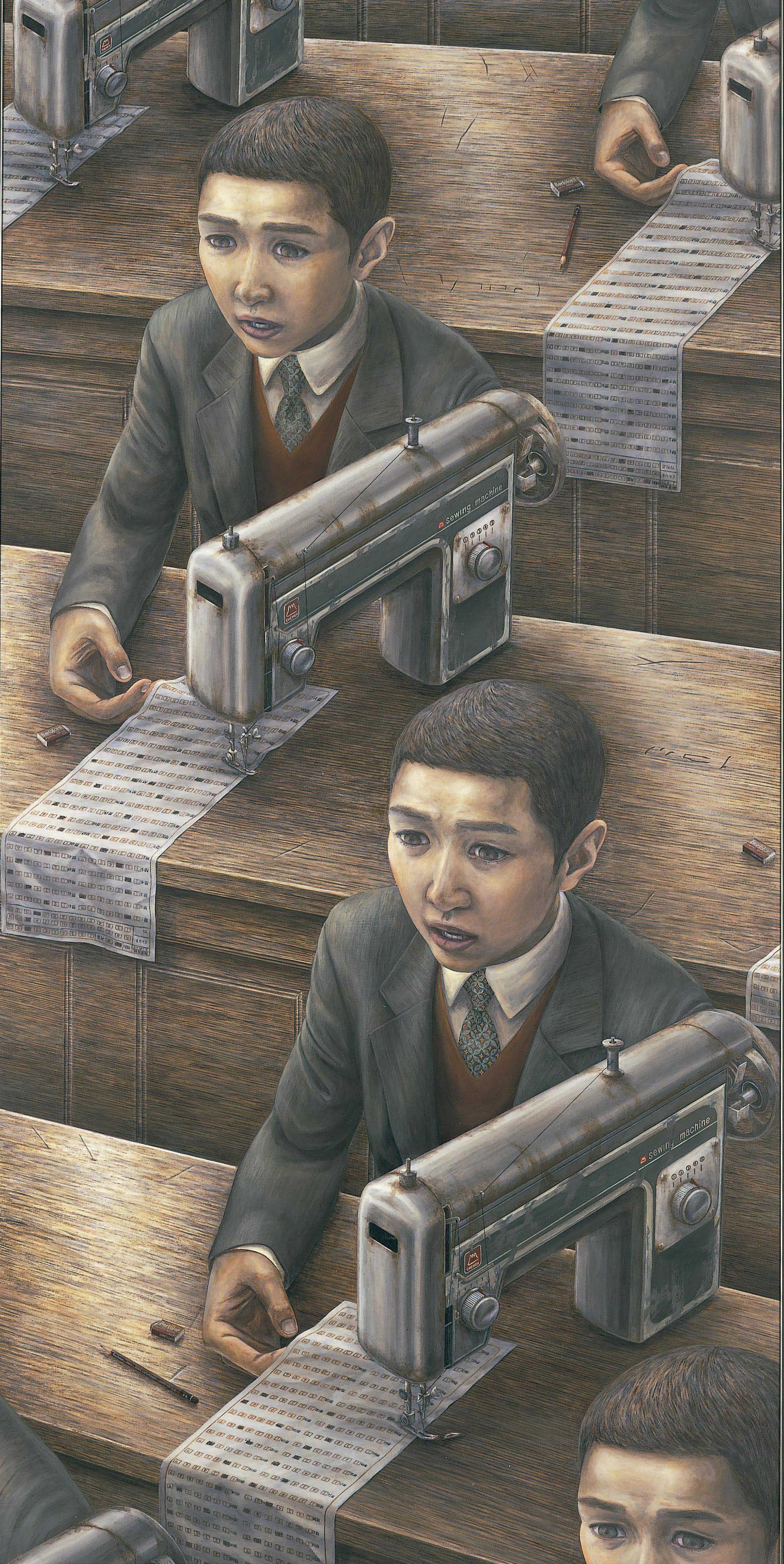
© Tetsuya Ishida
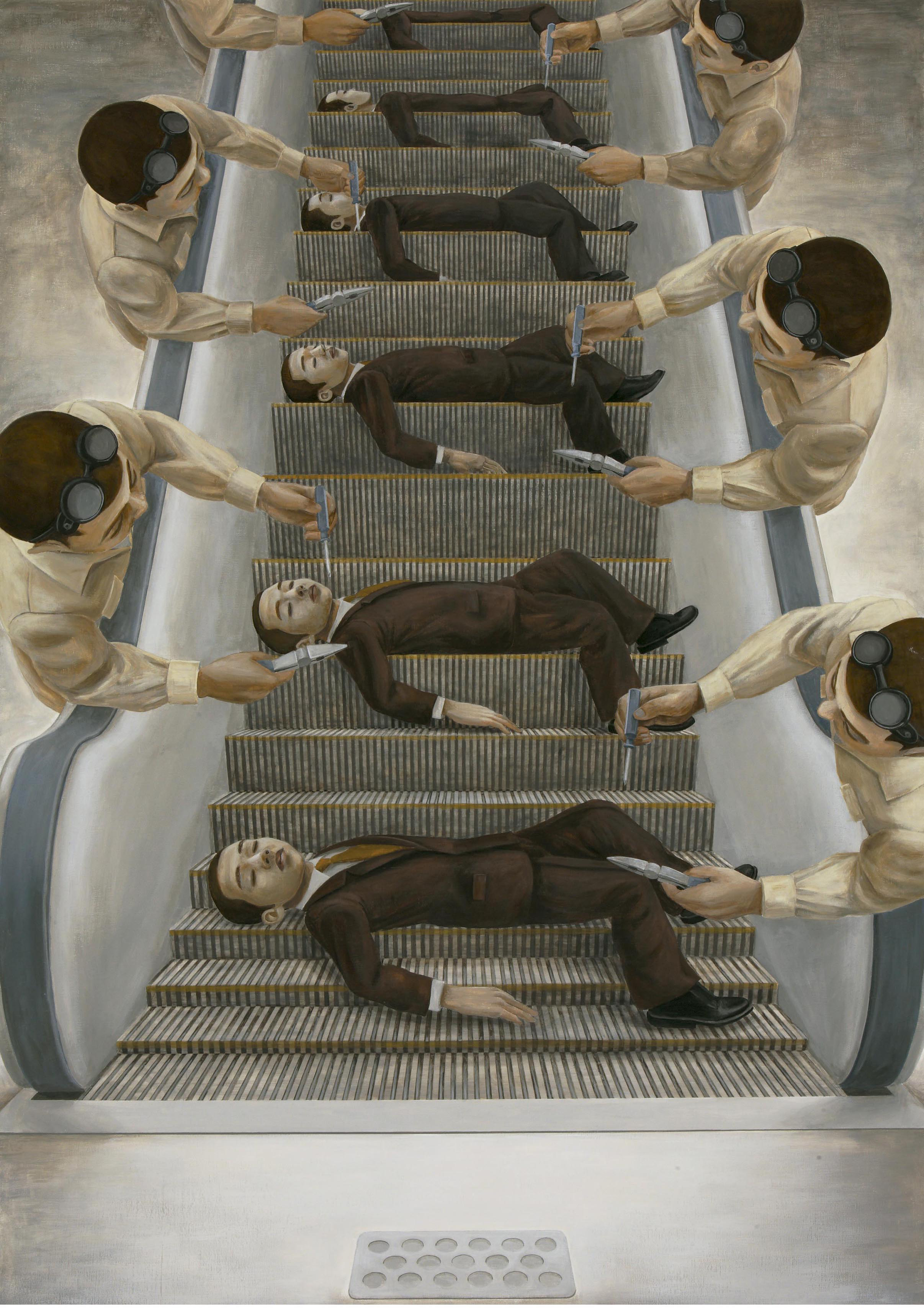
© Tetsuya Ishida
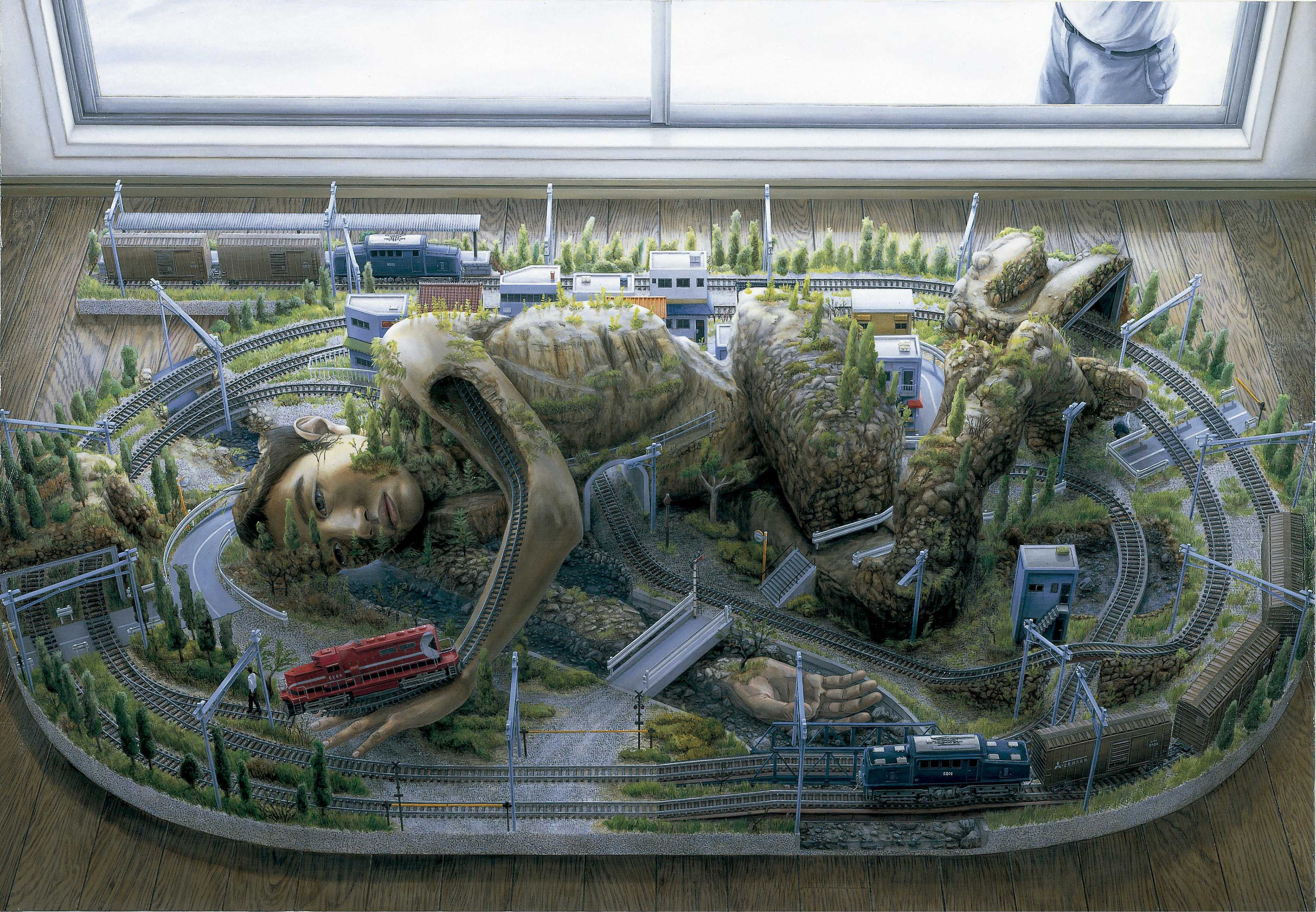
© Tetsuya Ishida
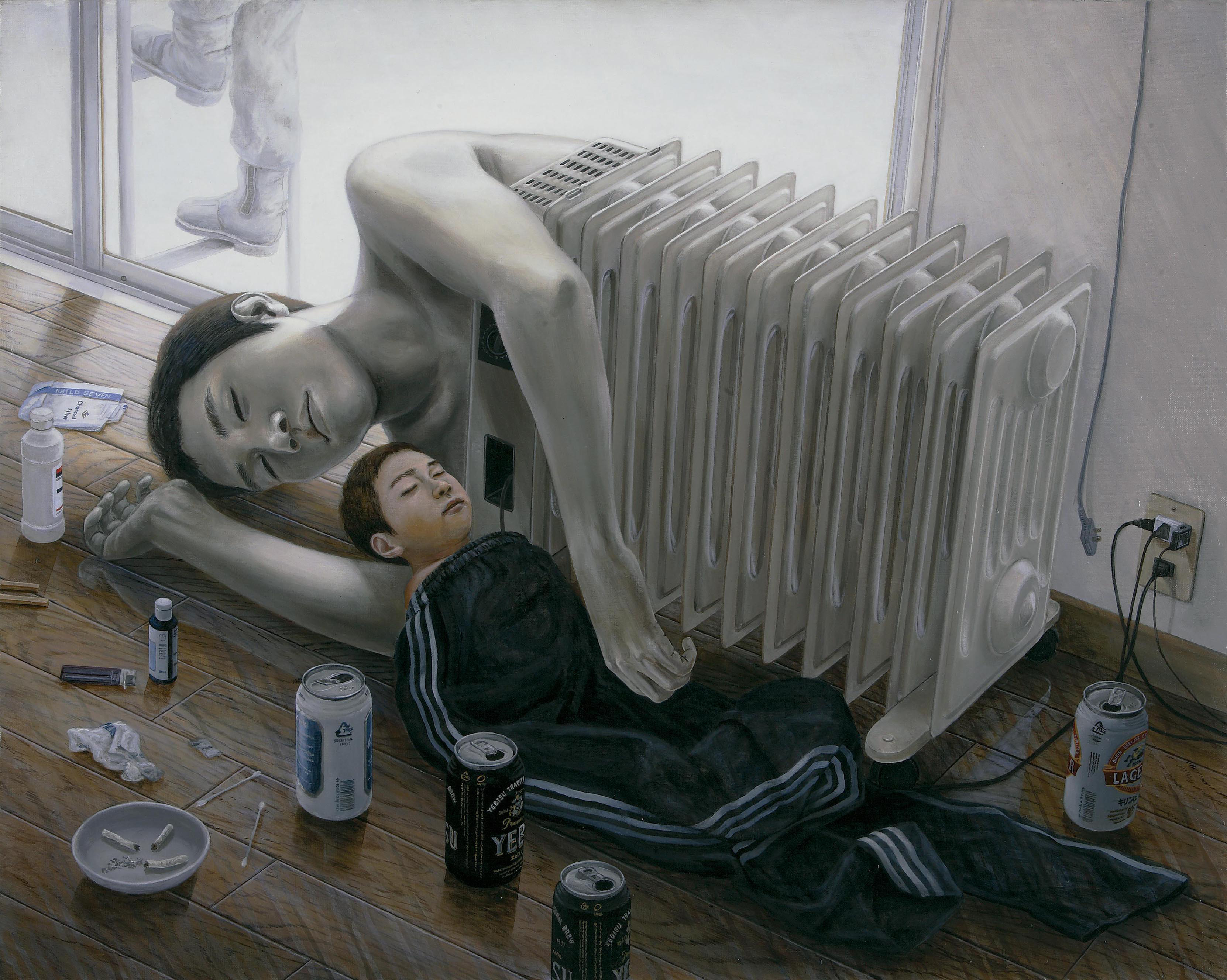
© Tetsuya Ishida
TRENDING
-
The Tattoos that Marked the Criminals of the Edo Period
Traditional tattoos were strong signifiers; murderers had head tattoos, while theft might result in an arm tattoo.

-
The Story of Sada Yacco, the Geisha who Bewitched Europe
Described by Dazed magazine as the first beauty influencer, she has been restored to her former glory since 2019.

-
Chiharu Shiota, Red Threads of the Soul
Last year, more than 660,000 people visited the retrospective 'Chiharu Shiota: The Soul Trembles' exhibit at the Mori Art Museum.

-
Japanese Left-field Pop From The CD Age, 1989-1996
‘Heisei No Oto’, a compilation of hidden gems in the unspoken depths of Japanese pop, reveal blissful moment of technological possibility.

-
‘Shojo Tsubaki’, A Freakshow
Underground manga artist Suehiro Maruo’s infamous masterpiece canonised a historical fascination towards the erotic-grotesque genre.




